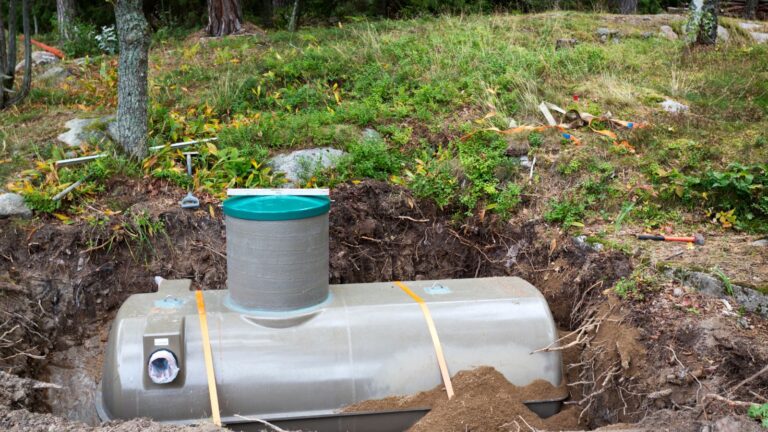
[ad_1]
Living in a community, both in urban and rural areas means having a reliable sewage system in place to mitigate health hazards and contamination of the environment. However, traditional sewage systems can be costly to install, operate, and maintain. For homeowners and communities looking for low-cost sewage solutions, there are several options to consider. Here is a guide that outlines various low-cost sewage solutions that homeowners and communities can use to treat wastewater while reducing pollution.
Septic Tanks
Septic tanks are a popular low-cost sewage solution for homeowners. A septic tank system consists of a large underground tank that holds wastewater from a home’s plumbing system. The tank separates solids from wastewater, and the remaining wastewater is then released into a drain field where the soil filters and purifies it before returning it to the water table.
While septic tanks are cheaper to install and maintain than central wastewater treatment systems, they require regular maintenance to avoid leakage, contamination, or clogging. Homeowners should have their septic tank inspected and pumped every three to five years to ensure proper functioning.
Composting Toilets
Composting toilets are another low-cost sewage solution for homeowners and communities that can be used to treat wastewater. These toilets use little or no water, and they process human waste into compost that can be used in landscaping or agriculture. Composting toilets do not require a septic tank or connection to a sewer line, making them ideal for remote or off-grid locations.
There are two types of composting toilets: self-contained and continuous. Self-contained composting toilets use a single unit where waste is collected and composted. Continuous composting toilets work by having a separate tank for liquids and solids, and the composting process is separate from the toilet unit. Composting toilets are low maintenance, easy to use, and eco-friendly.
Constructed Wetlands
Constructed wetlands are an innovative low-cost sewage solution that homeowners and communities can use to treat wastewater. Wetlands work by mimicking the natural process of purification by using plants to metabolize and reduce pathogens and pollutants. Constructed wetlands can either be a vegetative treatment bed or a gravel and sand filter bed. Vegetative treatment beds utilize plants that have high pollutant uptake such as cattails and bulrushes. Gravel and sand filter beds have layers of sand and gravel that filters out pollutants. The final treated effluent can either be reused for irrigation or discharged into surface water.
Activated Sludge System
This low-cost sewage solution is typically used in small communities and requires a larger installation. An activated sludge system involves a biological wastewater treatment process that uses bacteria to break down wastewater contaminants. The process consists of:
- Primary treatment
- Aeration tank
- Secondary clarifier
The system works by introducing air into the wastewater to stimulate bacteria growth, which breaks down sewage contaminants. The cleaned wastewater is then discharged into nearby water bodies or reused for irrigation.
Disinfection
The process of disinfection involves the removal of pathogens in wastewater to prevent the spread of disease. Chlorination, UV radiation, and ozonation are common disinfection methods used in small sewage systems. Chlorination involves the addition of chlorine to wastewater to kill pathogens. UV radiation uses ultraviolet light to disinfect wastewater, while ozonation uses ozone gas to kill pathogens. While disinfection provides a reliable way of removing pathogens, it can be more costly to implement and maintain than other low-cost sewage solutions.
Conclusion
As we have seen, there are various low-cost sewage solutions available for homeowners and communities to treat wastewater. Choosing which system to use depends on a range of factors, including location, soil type, and budget. It is essential to consider maintenance and inspection requirements before installing any sewage system to ensure it is functional and sustainable.
[ad_2]